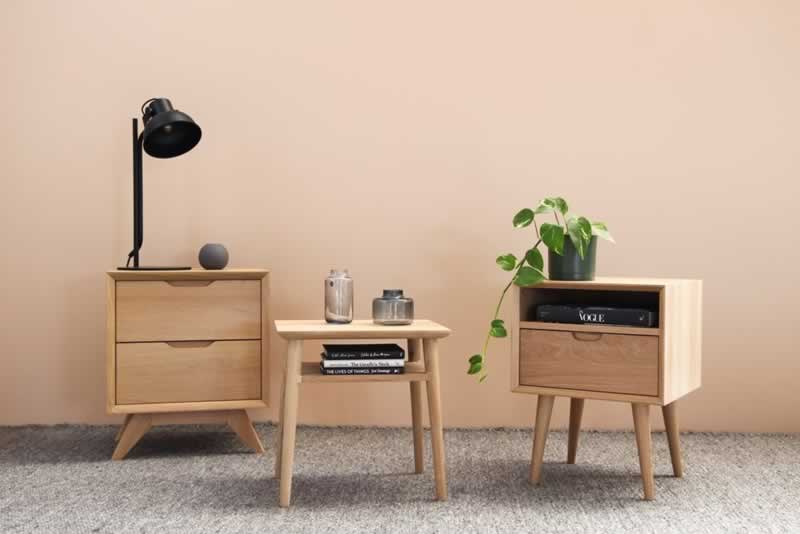Building a cabinet is an intricate art that requires experience to nail down all the best craft secrets. In order to gain this experience, you need to test and try different methods of building. With time, you’ll understand what works and what doesn’t when building a practical cabinet.

In this short guide, we’ll share 6 effective tips that will take your cabinet building experiences to the next level. Whether you’re new to cabinet-making or have some experience, these tips will make the process easier without cutting corners.
1. Use Glue To Bind Corners
If you’re working with smaller pieces, wood glue can be an effective way to bind corners together. If you want to keep two pieces together, prepare the glue and use a C-clamp or something strong to hold the wood together. This is an easy way to bind pieces without having to use too many nails or screws.
2. Clean Up With Tape
Tape can be a handy tool for any cabinet maker. It can help you mark out the different parts of your cabinet, but it can also help clean up a mess. If you’re using wood glue to bind pieces together, you can use tape to help extract any remnants of wood glue oozing from corners. If this wood glue hardens on its own, it will make an unsightly cabinet. Strip a piece of tape and wipe any remaining glue off the edges and corners.
3. Use a Level to Create Even Surfaces
Levels are must-have tools when creating even surfaces. Otherwise, you run the risk of building a lopsided cabinet. Equally important, use the level to ensure you’re building on an even surface. Once you find an even space to build, you can mark it out with tape, so you don’t lose your spot. Once you begin to build your piece, use the level to help keep your wood flush. Uneven binding early on in the process can cause complications further down the line.

4. Avoiding Tear-Outs When Using a Saw
If you’re cutting through with a saw, you want to make sure you avoid tear-outs. These ugly strips can make a cabinet building look messy and unprofessional. A great way to prevent tear-outs is by using blue tape. Simply run a strip of it along the cut line on the side you’re anticipating tear out. The blue masking tape will hold the fibers in place as you cut.
5. Building a Euro-Style Frameless Cabinet
The majority of hardware today caters to the European style of cabinet making. If you’re fascinated by the European style, then you’ll be able to easily replicate this aesthetic. However, if you prefer a more traditional cabinet style, look into building a frameless cabinet. These cabinets are sometimes known as full-access cabinets, offering a modern look without complicated construction. These styles of cabinets are ideal for smaller kitchens. In a space where every inch of space matters, this kitchen cabinet can help compartmentalize your kitchen space.
6. Converting Inches to Millimeters
Many hardware stores hold cabinet packages that come with specific instructions. Most of these templates come in millimeters instead of inches. Use a conversion app or manually learn how to convert inches to millimeters, so you can help develop the best cabinet. Each inch converts to 25.4 millimeters. Take the individual inch measurements and multiply them by 25.4 to complete the conversion. For example, 40 inches x 25.4 = 1016 millimeters.
Final Thoughts
Building a cabinet is a lost art form. It takes hard work and a level of detail to create the perfect one. You don’t want your cabinets falling apart after installation. By following these few tips, you can be sure you’ll build a better cabinet for your home.






